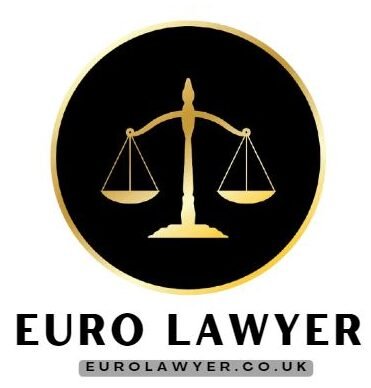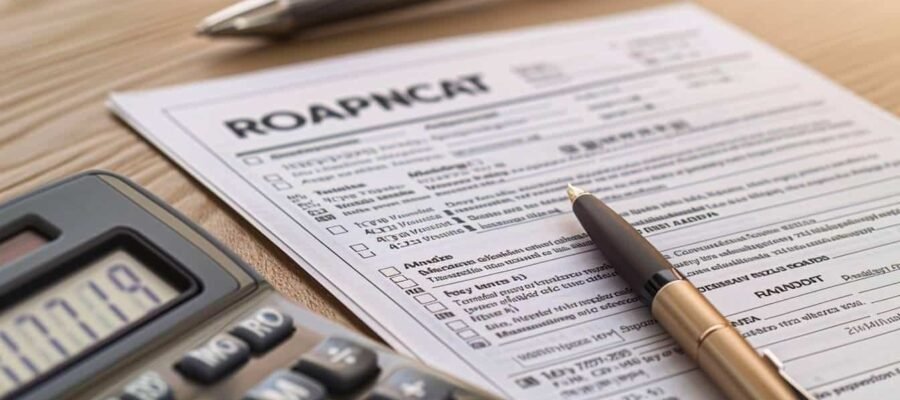Writing a bail commercial is a crucial step for any entrepreneur wishing to rent a room for his activity. Over my years of experience in business law, I have seen the importance of a well -written contract to avoid future disputes. Here is a practical guide to help you navigate the meanders of this essential legal document.
Essential elements of a commercial lease
And bail commercial is not a simple piece of paper. It is a contract that will govern the relationship between the lessor and the tenant for at least 9 years. I cannot insist too much on the importance of its careful writing. Here are the essential elements to include:
- Precise identification of the parties
- The detailed description of the commercial premises
- The destination of the premises and the authorized activity
- The length of the lease (minimum 9 years)
- The amount of the rent and its payment terms
- The conditions for revising rent
- The distribution of charges, taxes and taxes
- The amount of the security deposit
- The conditions of renewal and termination
- A resolving clause
I remember a client who omitted to specify the destination of the premises in his lease. This caused him a lot of concerns when he wanted to diversify his activity. Do not forget: clarity is your best ally in writing a contract.
Form and content of the lease
Although the commercial lease can be oral, I highly recommend writing it in writing. This makes it possible to avoid any ambiguity and to have proof in the event of a dispute. The content must be exhaustive and precise, covering all aspects of the rental.
Tenant protection
The status of commercial leases offers significant protection to the tenant. He notably grants him the right to renewal and supervises the revision of rents. These provisions are essential for the sustainability of your commercial activity.
Specific clauses
You can include specific clauses suitable for your situation. For example, a non-competition clause or special conditions for subletting. I saw leases where these clauses made all the difference for the tenant.
Financial aspects and Parties obligations
The financial dimension of the commercial lease is crucial. The initial rent is freely fixed, but its revision is supervised by law. Here is a summary table of the main financial obligations:
| Obligation | Lessor | Tenant |
|---|---|---|
| Payment of rent | – | X |
| Warranty | – | X |
| Rental charges | – | X |
| Property taxes | X | – |
| Big repairs | X | – |
Beyond the financial aspects, the lease must clearly define the obligations of each party. The lessor must ensure the delivery of the premises and the significant repairs, while the tenant is responsible for the payment of the rent and the current maintenance.
Compulsory additional documents
Do not forget the additional documents, they are an integral part of the lease:
- The inventory of entry
- Compulsory technical diagnoses
- The detailed inventory of loads
These documents may seem tedious to prepare, but believe me, they are essential to avoid any future misunderstanding.
Renting and indexing of rent
Rent review is a sensitive point. It usually intervenes every three years, but the lease may provide for annual indexing. Make sure that the revision methods are clearly stipulated to avoid any unpleasant surprise.
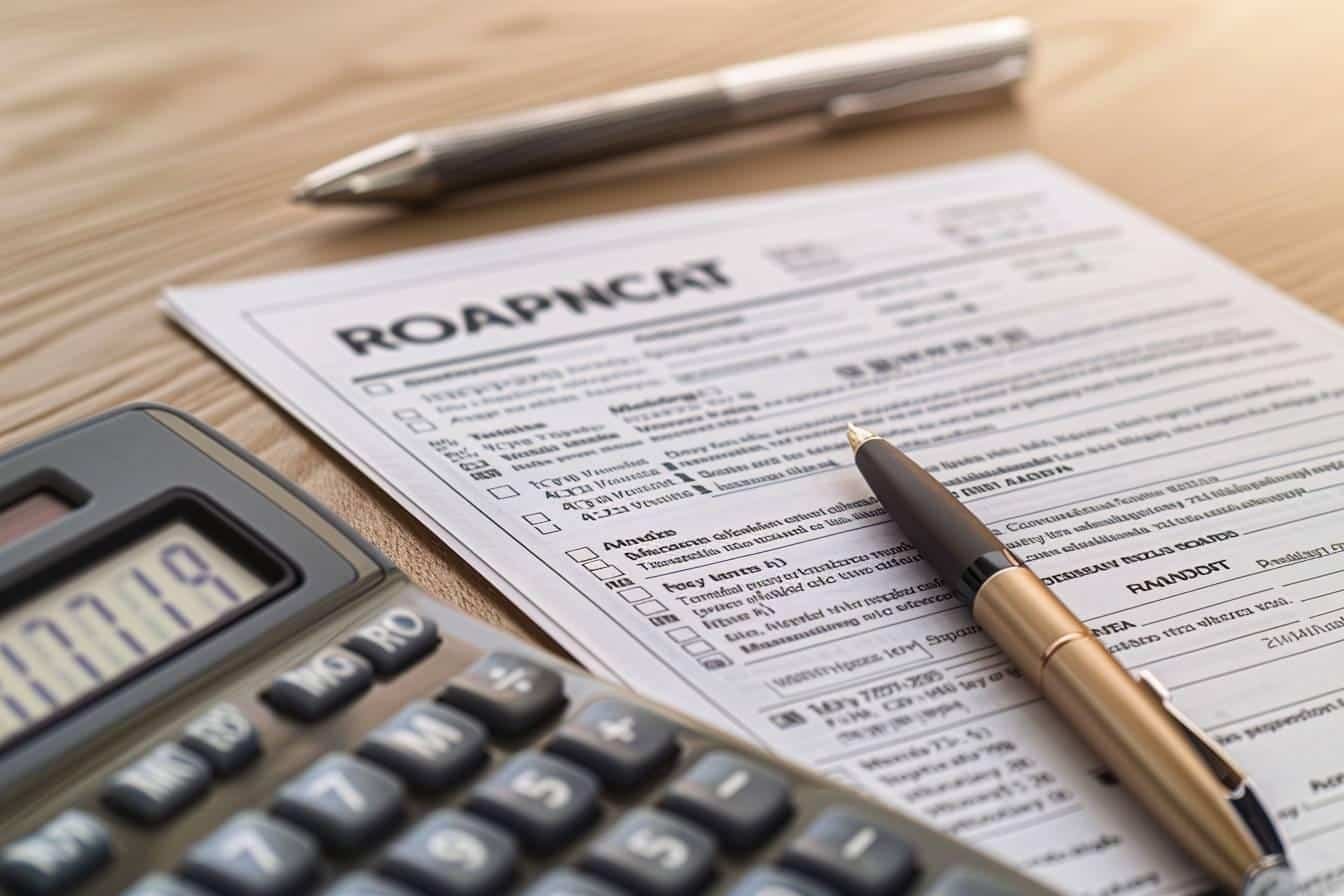
Finalization and alternatives to the classic commercial lease
Once the contents of the lease have been established, it is time to finalize it. The signing of the parties is obviously essential, but know that an authentic act before a notary is compulsory for leases over 12 years old. I have often advised my clients to call on a law professional for writing or at least rereading the lease. A small investment that can avoid big problems afterwards.
There are alternatives to the classic 9 -year -old commercial lease. Derogatory leases, with a maximum duration of 3 years, or seasonal leases can be more suitable for certain situations. However, they do not offer the same protection to the tenant. Think about your needs before choosing.
Disputes management
Despite all the precautions, disputes can occur. Before seizing the courts, think of the mechanisms of amicable resolution such as mediation or conciliation. I have seen many conflicts resolve thanks to these methods, thus preserving the relationship between lessor and tenant.
Possible changes in lease
A commercial lease is not frozen in marble. The transfer of the lease is possible, but can be subject to the agreement of the lessor if a clause provides. Likewise, sublet can be considered under certain conditions. Anticipate these potential developments in the initial writing of the lease.
In the end, the drafting of a bail commercial is an exercise that requires rigor and anticipation. Do not hesitate to be accompanied by a professional to secure your contract as much as possible. Your lease will be the base on which your commercial activity will rest, take the time to build it solidly.
latest posts published

Can your employer refuse it?
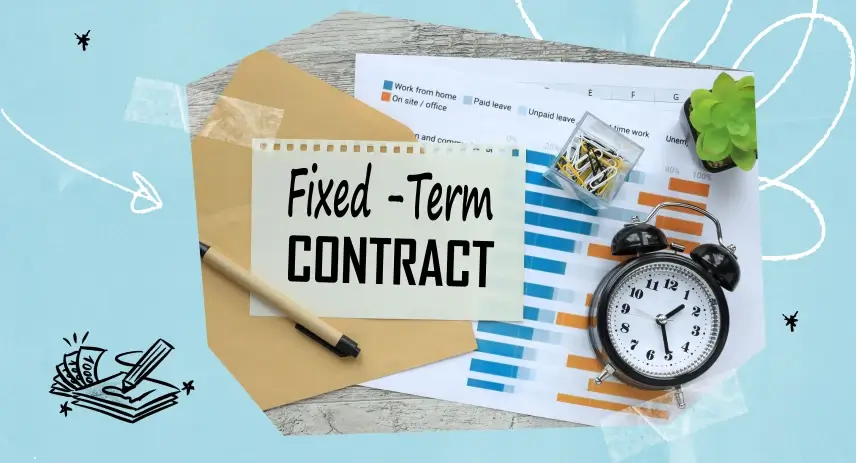
Fixed-Term Contract: What Does the Law Say About Its Applications?
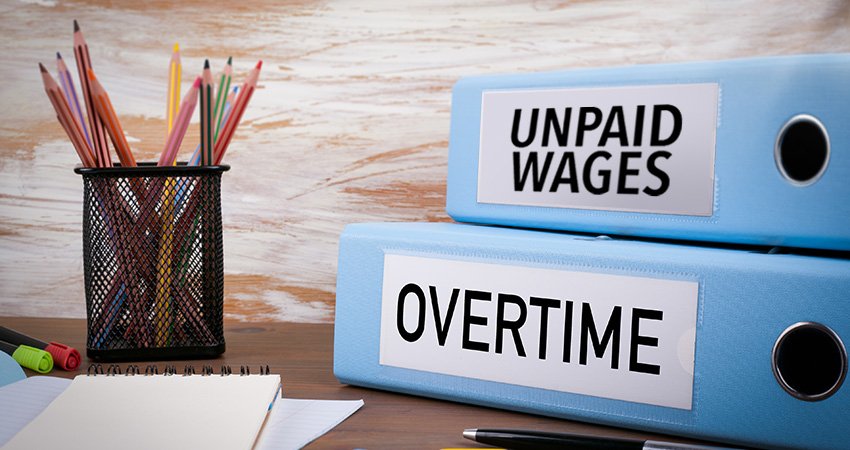
What to do in the event of unpaid salary: your rights
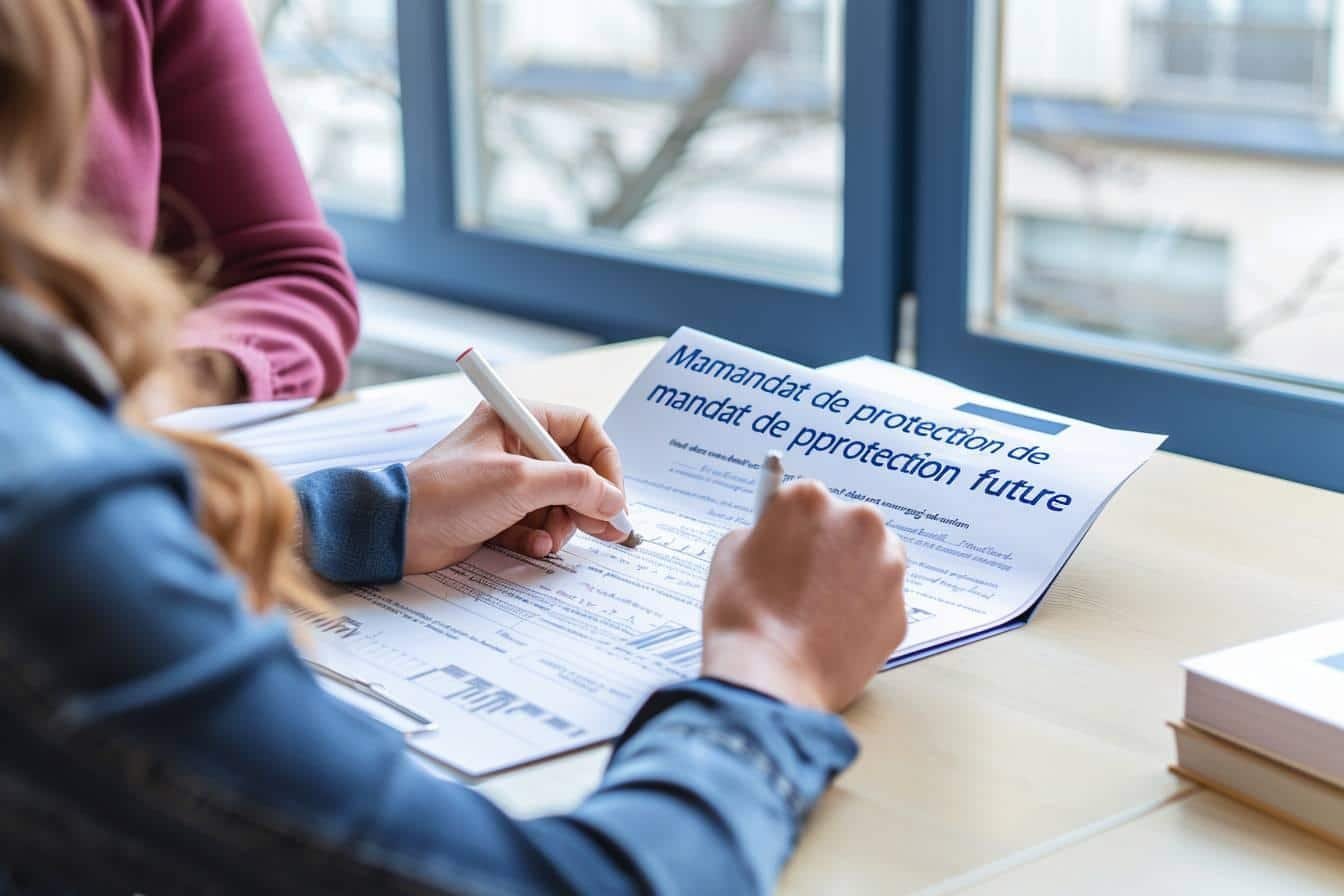
How to properly prepare a succession: guide and practical advice

Lawyer specializing in consumer law: protect your rights

Advantages of furnished rental: simplicity and flexibility

Tips for choosing your lawyer: Practical guide and tricks

How to contest an effectively dismissal: practical guide
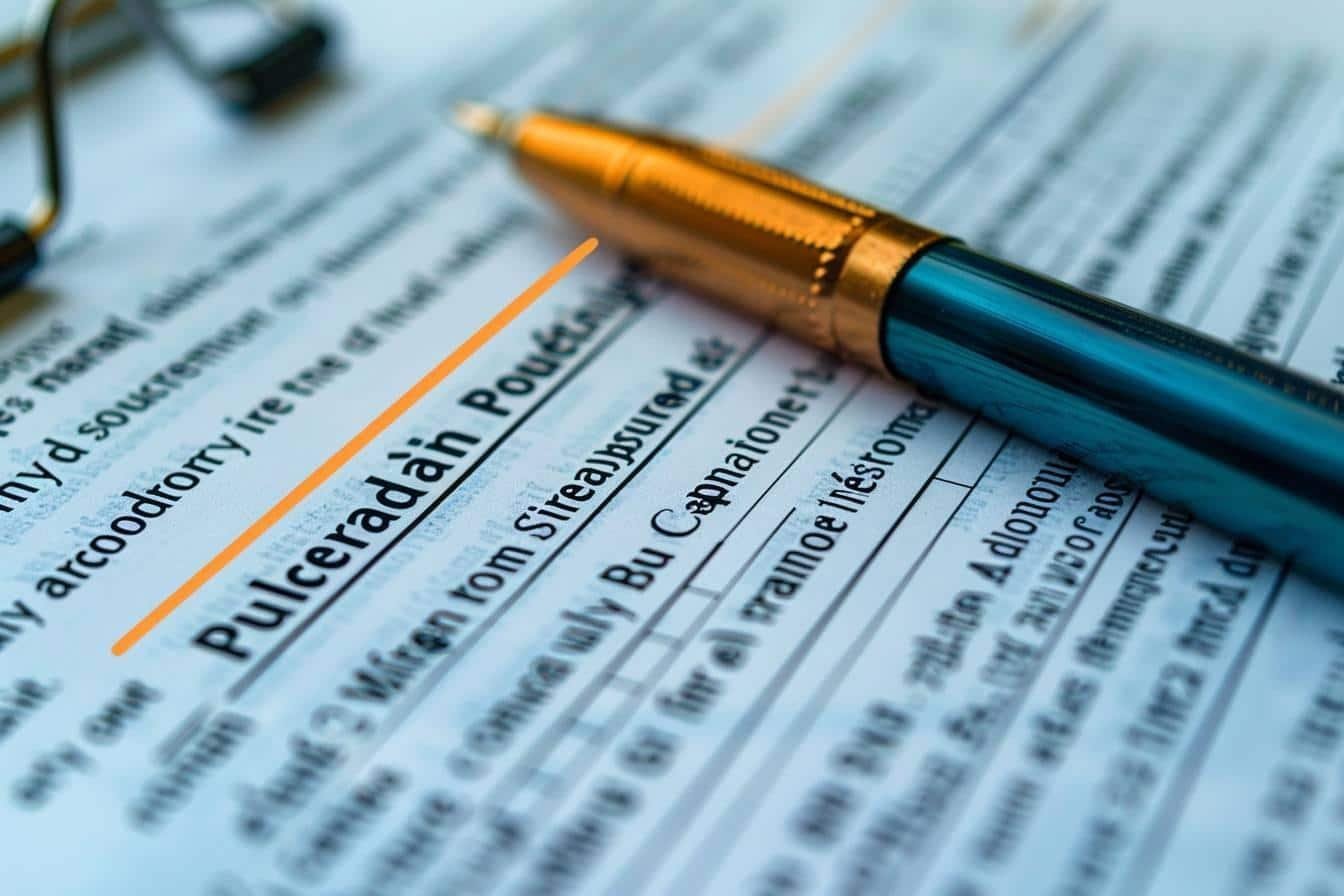
Deadline to recover a rental deposit: what to know

